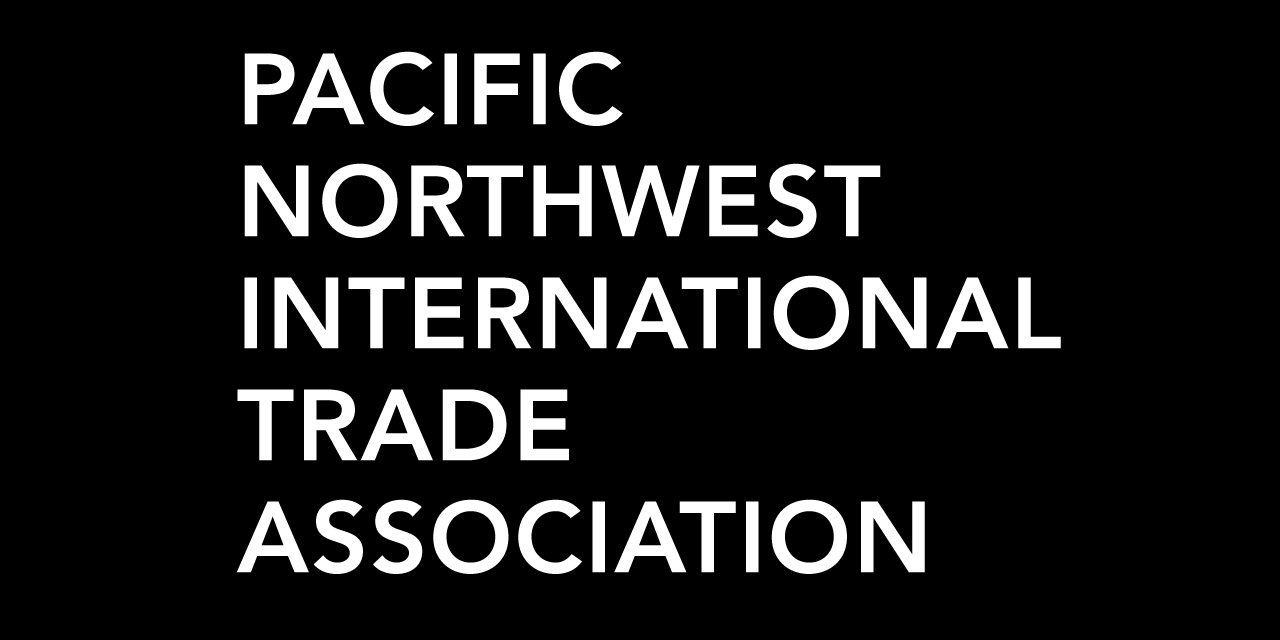The tariffs, which had been in place since 2018, were lifted in May 2019 as a prerequisite to gain Canadian and Mexican support for President Trump’s NAFTA 2.0 deal, which came into force in July. The deal, rebranded as the USMCA, renewed free trade relations with Canada and Mexico, the number one and two importers of our domestic products in 2019.
The U.S. only produces enough aluminum to meet one-third of what it consumes and must rely on imported supply. Canada is America’s biggest supplier of imported aluminum. The need for imports is one reason why many continued to be puzzled by the use of Section 232 tariffs, reserved for protecting U.S. national security. The Administration argued that the 2018 tariffs were necessary to protect our domestic industry. This same reasoning is being used for reapplying them this month. However, data on the first round of steel and aluminum tariffs show that they actually had a negative impact on the U.S. economy by diving up domestic prices, resulting in increased input costs for U.S. firms and putting them at a price disadvantage with foreign competitors. In addition, the data found that the tariffs resulted in about 75,000 fewer jobs in manufacturing, not counting additional losses among U.S. exporters facing retaliatory tariffs.
So why does this matter to us in Oregon and SW Washington? This will impact industries like breweries that use cans for bottling, bicycle manufacturers, aerospace parts manufacturers, and more. With an economy experiencing the biggest recession of our lifetime, our firms can’t afford an additional 10% tax on their inputs. These costs could result in more job losses at a time when unemployment is at an all-time high. Our neighbors are not taking this news lying down either. One Canadian official called this move a “backstab” to its closest ally and Prime Minister Trudeau has vowed dollar-for-dollar equivalent retaliatory tariffs of roughly $2.7 billion on U.S. goods using aluminum, which will only further hurt U.S. firms.
For a thorough review of the Trump Administration’s 232 and 301 tariffs and their impact on trade, check out this analysis by the American Action Forum.
